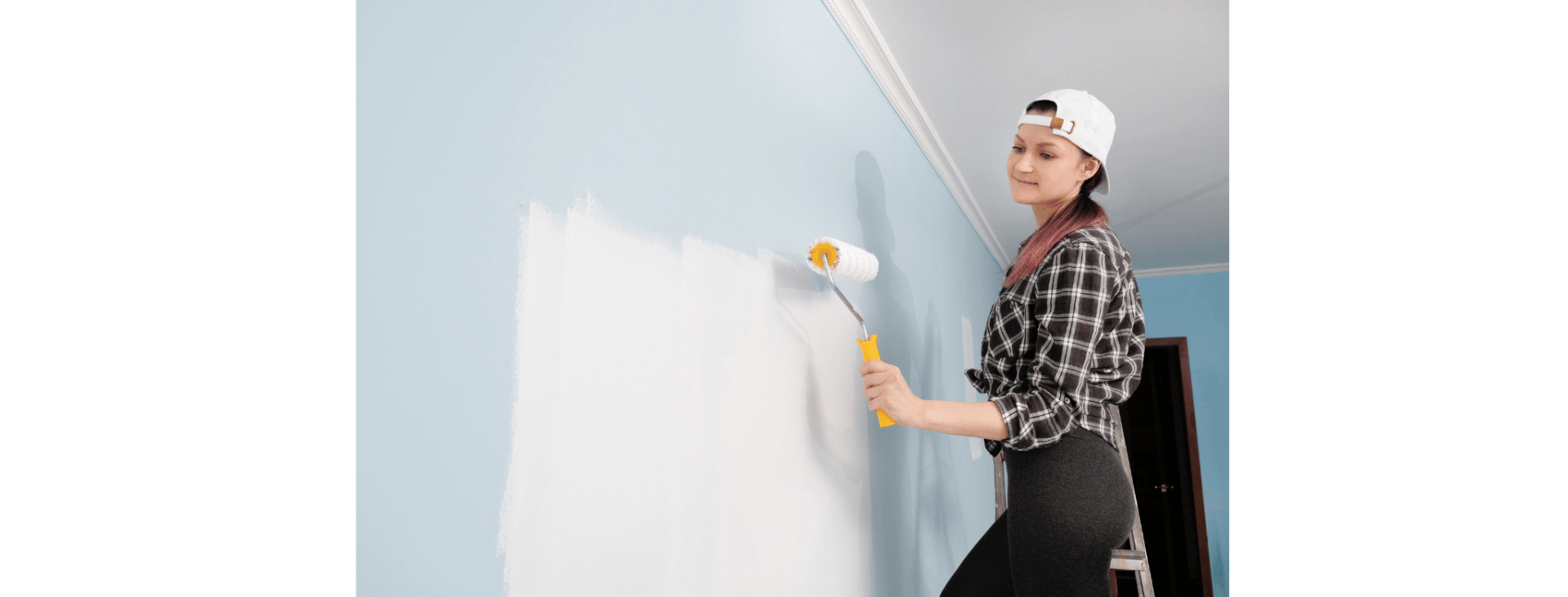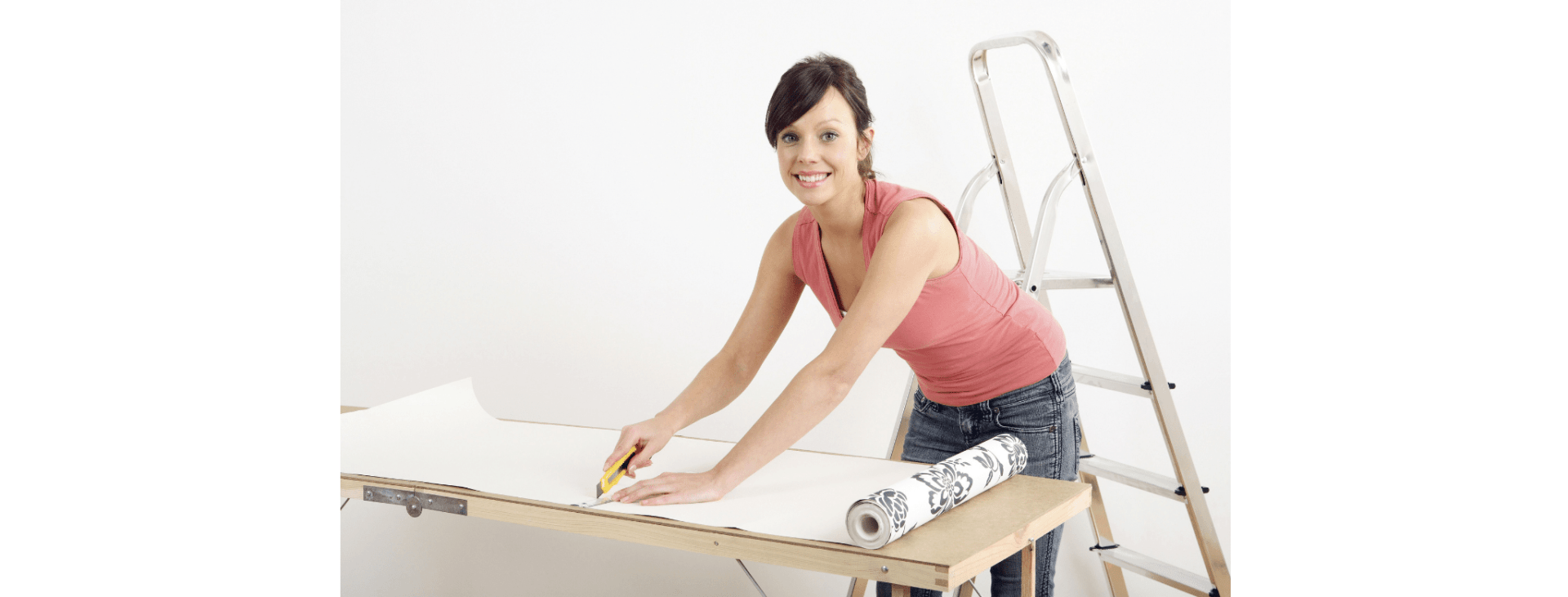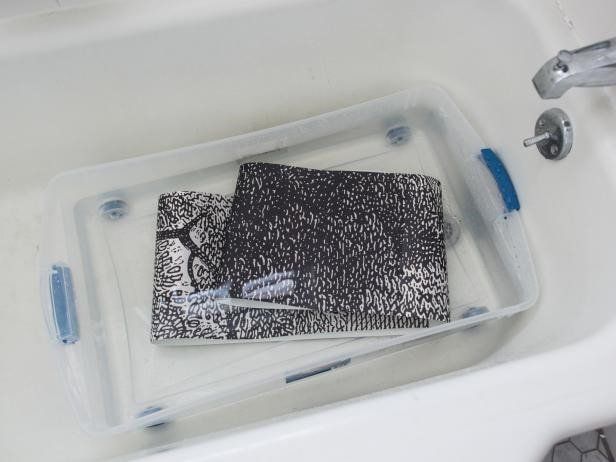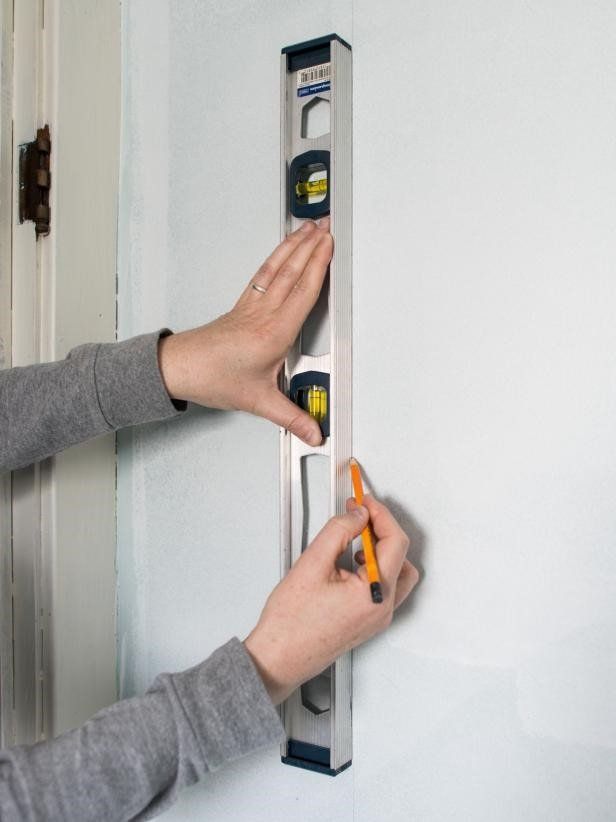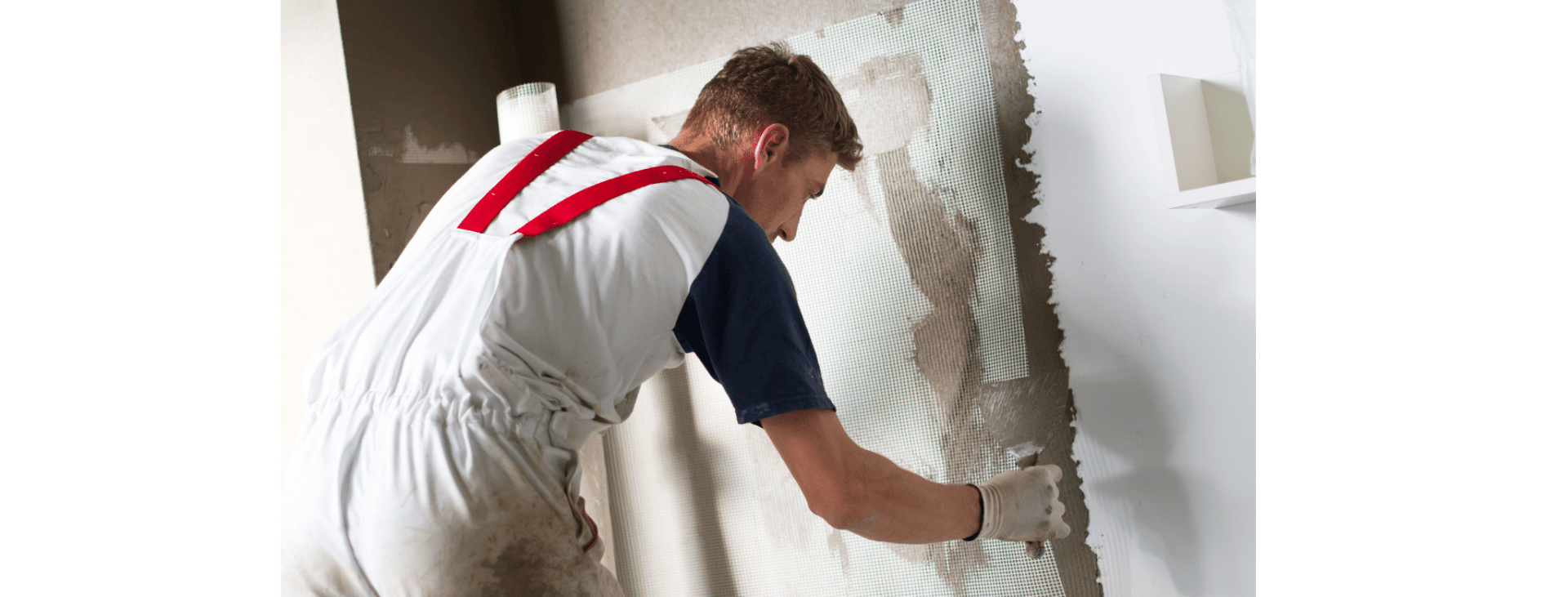PAINTING Newcastle
Here’s some useful tips if you want to have a go at it yourself.
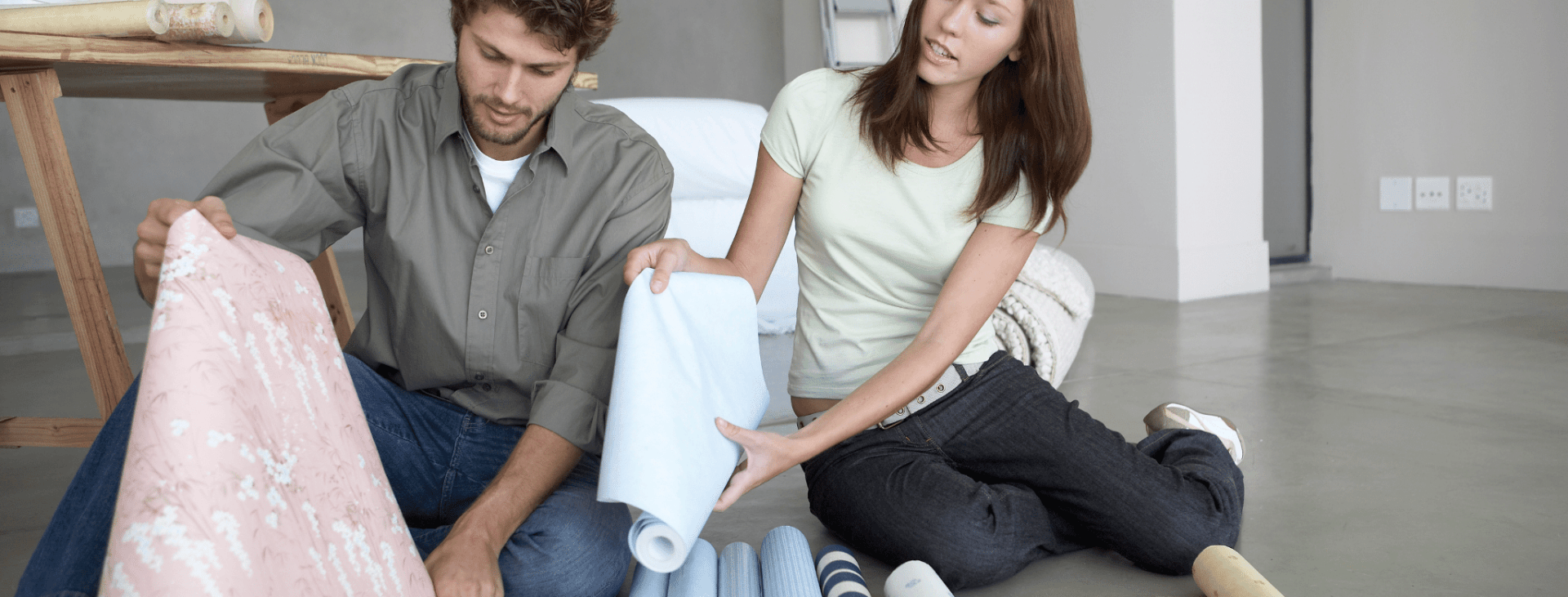
Bathrooms, especially small bathrooms, can present a challenge when you are ready to decorate.
They are, however, a great place to be bold and with a bit of imagination you can create a small space with a big impact using wallpaper.
To get the job off to a great start:
- Wipe down and vacuum the walls to ensure they are clean and free from splatters, toothpaste and other bathroom stains. Remove all screws, mirrors, nails, wall light fixtures and light switch and power point plates.
- Patch any holes with filler plaster or spackle and a putty knife.
- Allow the filler to dry then sand smooth with a sandpaper and sanding block.
- Once wall is clean and smooth, use a roller and good quality brush to apply wallpaper primer to the walls.
This will ensure good adhesion and result in a better quality job.
Using a measuring tape, measure the wall from ceiling to top of baseboards.
Transpose this measurement to first panel of wallpaper.
Ensure you add about 2.5cm allowance at the top.
Draw a straight line with a pencil and a clear ruler or square. This will enable you to get a straight line.
Next, cut along line with sharp scissors or use a Stanley knife.
Determine the starting point on the wall of the first wallpaper panel.
Mark with a pencil. Then, using a pencil and a level, draw a straight vertical line.
Most walls and ceilings aren't level or square, so it is useful to use this plumb line as a guide when hanging the first piece of paper.
Useful Tip: When working with a repeating pattern, place the starting plumb line in the centre of the main wall, at a corner, or up against cabinetry.
If hanging a pattern or mural, start from left to right, or however it comes off the roll.
Fill your bathtub or a separate tub with enough clean water so the wallpaper can be submerged completely.
Holding the top and bottom sides of the wallpaper panel, fold each end to meet in the middle. Then fold each end, with the glued sides together, into the centre again to "book" the paper.
Push booked paper into water until it is thoroughly covered. Ensure you read and follow the manufacturer's instructions for the time the paper should be submerged.
Once the correct time has passed, remove the paper from water and allow excess to drip off into tub. Unfold paper and press onto wall, lining up one edge with the previously pencilled line.
Most wallpaper paste will allow you to shift once applied to wall, to ensure proper placement and removal of bubbles and wrinkles.
Useful Tip: If you are working in a room with high walls, this is definitely a job where two people are better than one.
Once the paper is correctly positioned, smooth out any bubbles and wrinkles with a rubber smoother or wallpaper brush. Smooth out from the centre of the paper toward the edges, pressing out extra glue and air bubbles as you go. The excess will drip down the walls, so have an old towel at the ready on the floor to catch it.
Once smoothed, wipe paper's surface with a clean, damp cotton cloth or wallpaper sponge. Rinse the cloth or sponge and wring it out regularly to keep it clean.
Useful Tip: At this stage, the wallpaper will feel wet, but shouldn't be dripping or have visible glue on the surface.
In all the corners and near the ceiling and skirting boards, press a metal straight edge into corner and trim wallpaper to size using a sharp Stanley knife.
Useful Tip: If the knife is pulling the paper against the paper instead of cutting it, the blade is blunt and needs to be replaced. Make sure you have plenty of sharp blades on hand for this project.
When hanging wallpaper over a light switch plate, light fixture, outlet, sink, medicine cabinet, etc., it’s important you "dry fit" the paper prior to soaking in water to activate paste. With a small cut or pencil, mark where the fixture is located. Double check marks with measurements taken from the wall and then cut out the shape of the fixture with sharp scissors.
Be conservative with the cuts and work carefully to ensure accuracy.
Useful Tip: When working with wet hands around a live electrical outlet or switch, there is a danger of electrical shock, so ensure the power is turned off at the junction box before you start smoothing the wallpaper around those areas.
Continue by repeating steps 2-5 with next piece of wallpaper.
To be sure you get a great result, it's a good idea to measure again from the baseboard and ceiling, since walls and ceilings are usually not level, square or plumb.
The difference from one side of the room to another can be significant, especially in older homes. When cutting subsequent pieces of wallpaper, make sure you focus on the pattern or repeat. It's always better to be generous with the paper, as the paper can always be trimmed, but cannot be pieced back together without creating a seam.
When hanging around an interior or exterior corner, press paper into or around the corner with rubber smoother.
Make sure the wallpaper contacts the curves of the wall completely. Allow the paper to dry before replacing switch plates and fixtures.
Useful Tip: Most modern wallpapers are removable when used over wallpaper primers.
Simply wet and peel off.
Some can even be reused in another space.
Remember: If all of this seems to difficult or time consuming you can call us at Painting Sydney. We will ensure your wallpapering job is done correctly and in a timely fashion.
You can relax and let the team at painters Sydney do it right!
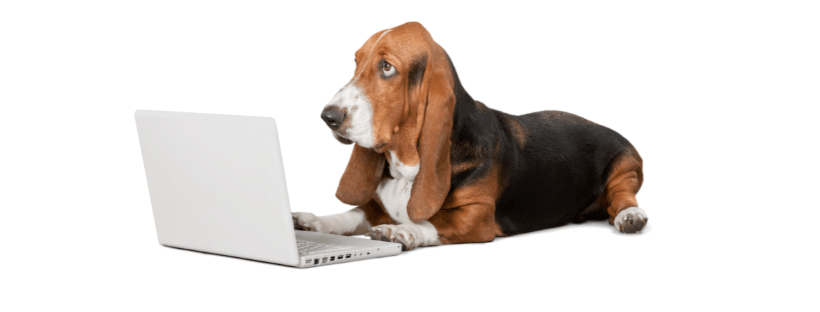
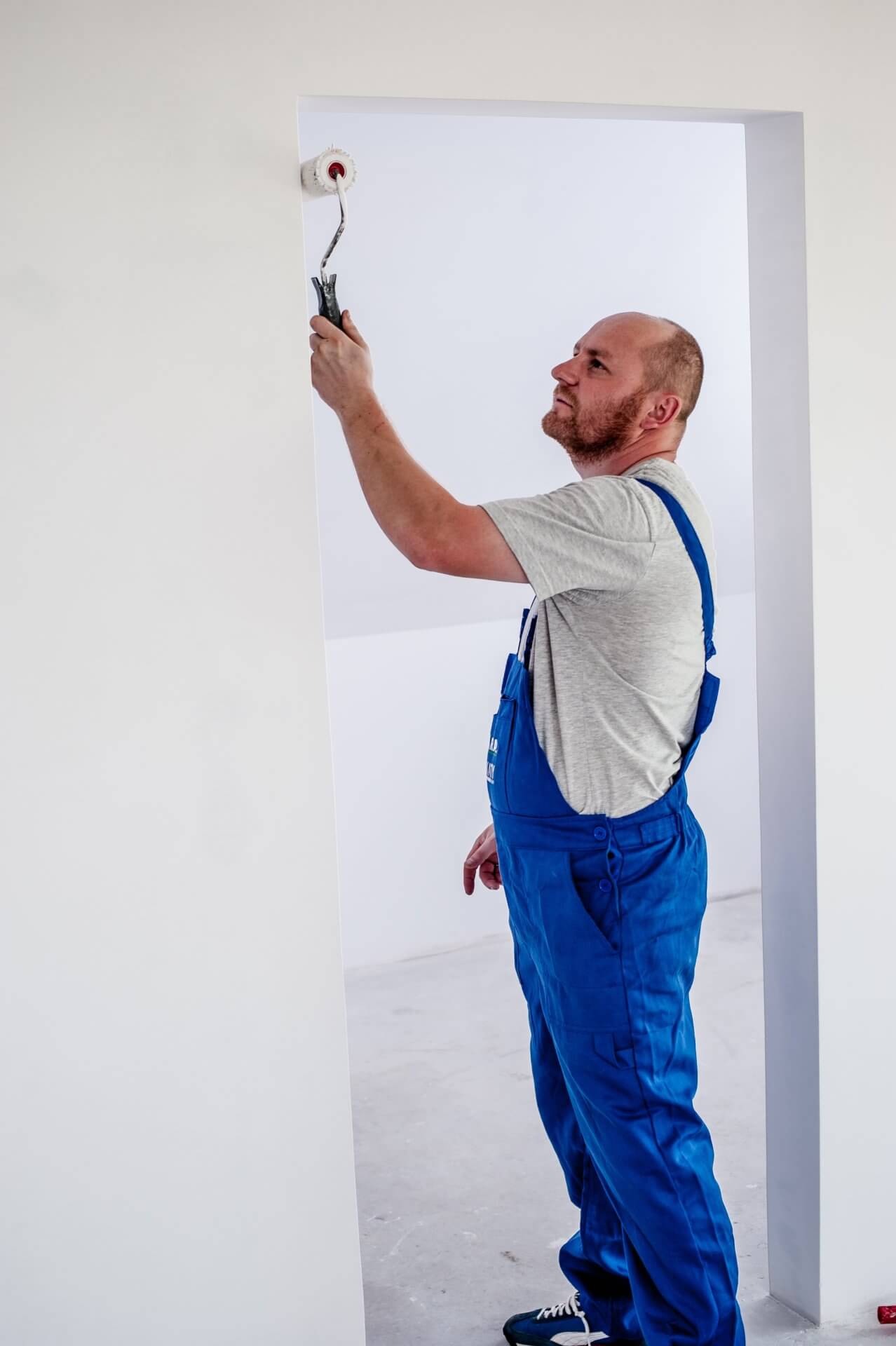
PAINTING NORTHERN BEACHES
Palmgrove Road,
Avalon Beach NSW 2107
A Member of the KAPTOL Group

